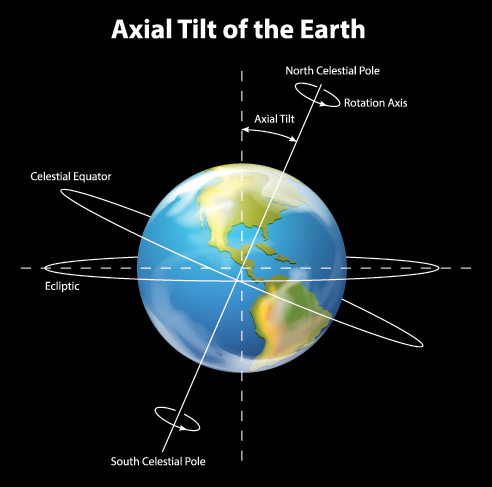If all of Earth's ice melts and flows into the ocean, what would happen to the planet's rotation?

Earth rotates about its axis once a day, but it does not do so uniformly. Instead, the rate of rotation varies by up to a millisecond per day. Like a spinning ice skater whose speed of rotation increases as the skater’s arms are brought closer to their body, the speed of Earth’s rotation will increase if its mass is brought closer to its axis of rotation. Conversely, the speed of Earth’s rotation will decrease if its mass is moved away from the rotation axis.
Melting land ice, like mountain glaciers and the Greenland and Antarctic ice sheets, will change Earth’s rotation only if the meltwater flows into the ocean. If the meltwater remains close to its source (by being trapped in a glacier lake, for example), then there is no net movement of mass away from the glacier or ice sheet, and Earth’s rotation won’t change. But if the meltwater flows into the ocean and is dispersed, then there is a net movement of mass and Earth’s rotation will change. For example, if the Greenland ice sheet were to completely melt and the meltwater were to completely flow into the ocean, then global sea level would rise by about seven meters (23 feet) and Earth would rotate more slowly, with the length of the day becoming longer than it is today, by about 2 milliseconds.
Melting sea ice, such as the Arctic ice cap, does not change sea level because the ice displaces its volume and, hence, does not change Earth’s rotation.
